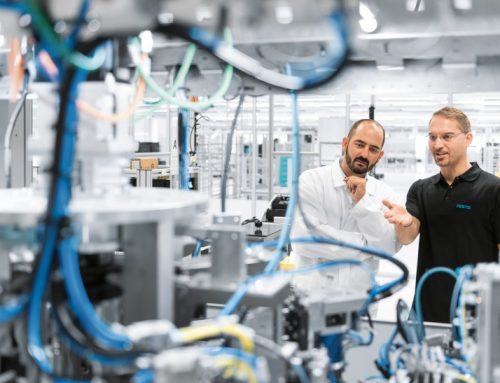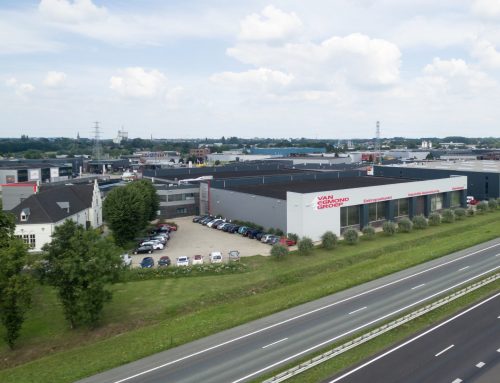Supply chains are as old as commerce, but today, supply chain operations are evolving at an unprecedented clip. Modern supply chains are incredibly dynamic. Processes that used to be essentially linear (plan, buy, make, move) are now intertwined and circular. That means flexibility, agility and responsiveness in supply chain planning are more important than ever before.
The most critical barriers to streamlining supply chain planning and optimizing operations is the inability to dynamically adjust and execute plans in response to changing market conditions. The ability to sense shifts in demand and respond on a near-real-time basis is critical, and that requires next-generation technologies that connect people with data.
As 2018 unfolds, processes developed for linear supply chain operations will increasingly be replaced by connected planning processes that enable dynamic decision-making. This approach will allow organizations to account for factors like profitability when making decisions. New governance models and fresh takes on leadership will also be required.
Here are some trends to monitor in 2018:
Artificial intelligence (AI) & machine learning (ML)
Supply chaining planning used to be driven by history-based forecasting, but the integration of AI and ML elements is poised to change that. AI and ML predictions will drive future supply chain operations, and AI/ML predictive models will transform many other business processes going forward.
Processes that AI/ML predictive models will transform in the coming years include demand sensing, shaping and orchestration as well as supply planning, dynamic AI-based pricing and new product introduction based on predictive market intelligence. Promotions management will also be AI/ML-driven, as will responses based on predictive disruptions in the supply chain.
Blockchain & other technologies
Blockchain capabilities have transformed collaboration across trading partner networks. As the coming year progresses, look for more users to adopt blockchain models to enable closer collaboration, cut banks out of the picture and leverage distributed ledgers and cryptocurrencies. Blockchain will also enable much tighter collaboration across supply chain planning and execution decisions.
Track and trace technologies are coming of age and will be leveraged in new ways in 2018. Started as an RFID movement a decade ago, these technologies now employ sensors and devices across machines and assets. The Internet of Things will make data pervasive across supply chains, where it will be consumed and analyzed by AL/ML engines and put to transformative purposes.
Retail transformed
Retail performance is spotty, with some organizations thriving and others struggling, especially in the brick-and-mortar space. In 2018, retail organization supply chain managers will look for new paths to success. The way forward is to create a new retail experience that offers customers value they can’t get when ordering goods online from retailers like Amazon.
Retailers can get an edge through better planning and execution practices in an omnichannel environment. Supply chain managers who place more emphasis on merchandise and assortment planning will put retailers in a better position to provide one-to-one marketing to consumers. In this way, brick-and-mortar operations can evolve from just a place to shop to a place that delivers a unique experience.
The transformed retail experience might encompass live inventory locations where goods are picked, packed and shipped. It might also include customer service centers where associates provide value-added services related to products. This omnichannel model will become more prevalent in 2018 and beyond.
Security needs and regulatory/market changes
High-profile hacking cases that compromise sensitive information for millions of people will continue in the coming year. With the proliferation of data and connected endpoints, companies will need to step up their security and privacy protection protocols in 2018.
New regulations to protect privacy will take effect in the coming year, such as GDPR, and that will affect company operations. Other factors like tax reform, Brexit, political instability, oil prices and resource availability will also require action across the enterprise, including the supply chain. Supply chain planners will need sophisticated modeling capabilities to plan for all scenarios.
As supply chains become more dynamic, supply chain managers are looking for new ways to take advantage of opportunities and overcome obstacles. New technologies are helping them meet these challenges with a connected planning approach that brings data together and puts more people into the decision-making process. In 2018 and beyond, look for these trends to play prominent roles in supply chain transformation.
Source: https://www.ebnonline.com/author.asp?section_id=4084&doc_id=283185
Topics: B2B Supply Chain Predictions





